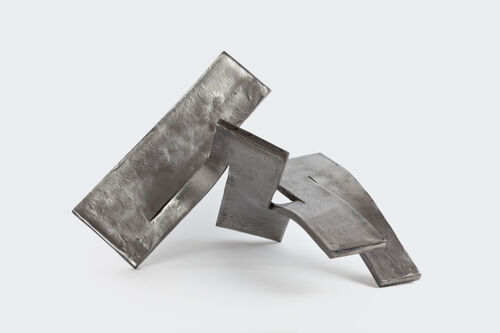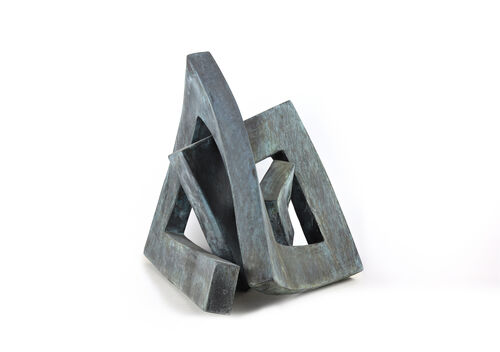Only about 60 have survived, and more than half of them are now on view in a single exhibition: Canova: Sketching in Clay at the National Gallery of Art in Washington, D.C., brings together the rare exhibits for a show about the working methods of famed Italian sculptor Antonio Canova (1757-1822). The models, also called bozzetti, could be »sketchy« compositional studies or detailed busts and groups of figures. The latter often served as demonstration models for those who commissioned a sculpture before the actual work in marble began. The exhibition includes one such bozzetto for the tomb of Pope Clement XIV, which was finally completed in 1787. The National Gallery of Art will present the precious pieces from June 11 to October 9, with free admission.
Antonio Canova spent most of his life in Venice and Rome. He is considered an important representative of classicism and often worked on mythological themes. Among his most famous sculptures are Hebe (1796), Amor and Psyche (1793), and Perseus with the Head of Medusa (1801). After Napoleon Bonaparte's defeat at the Battle of Waterloo in 1815, Canova, already an acclaimed artist during his lifetime, was responsible for the repatriation of numerous stolen works of art from France as the chief custodian of the art treasures of the Papal States. His success contributed to the presence of many sculptures in the Vatican Museums today.















